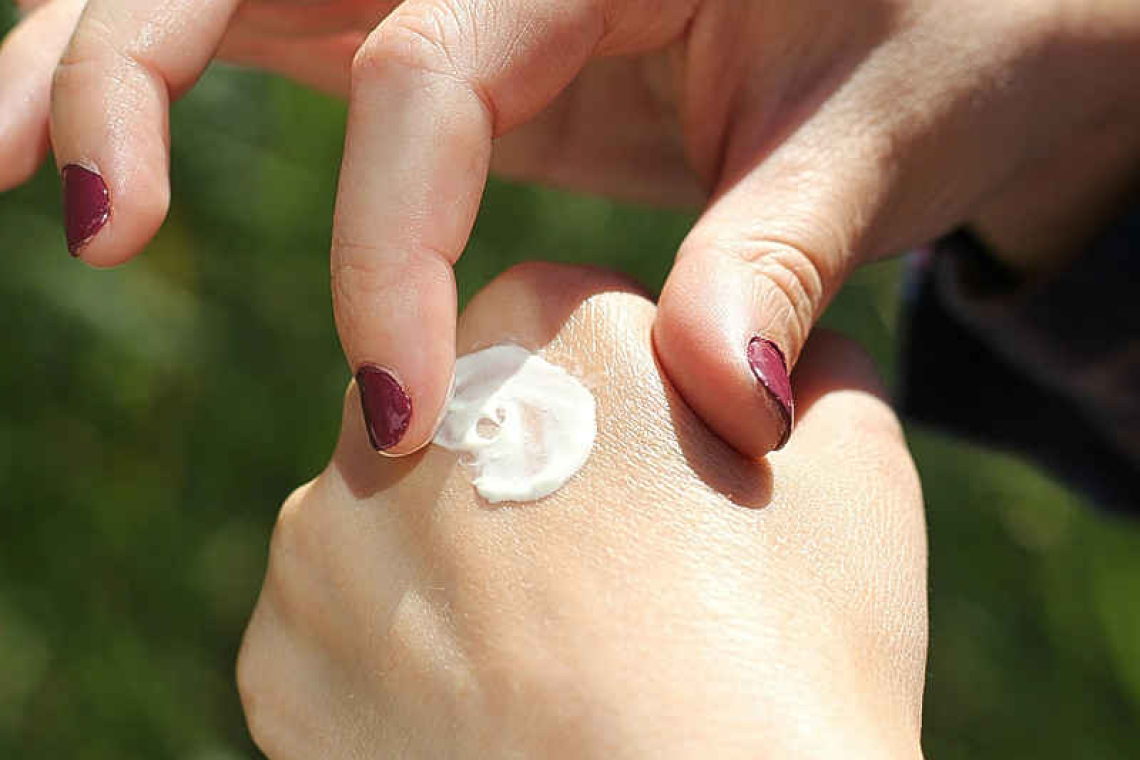A widely used over-the-counter medicine
What is hydrocortisone?
Hydrocortisone is commonly used and widely available either over the counter or with a prescription at various pharmacies. This medicine belongs to a group called corticosteroids, and it is used to treat different skin conditions such as eczema, psoriasis, rashes and insect bites.
Hydrocortisone is available in different preparations, such as a cream, ointment and lotion. Creams generally work better on moist skin, while ointments are thicker and can work better on dry skin. Lotions can typically be applied to larger or hairier areas of the skin.
How does it work?
Hydrocortisone reduces symptoms of mild inflammation on the skin, which in turn helps to relieve itching, swelling and redness of the skin. Hydrocortisone is a mild corticosteroid. Stronger corticosteroids may be prescribed for more severe conditions but naturally come with a higher risk of side effects. Only use stronger corticosteroids under medical supervision or on prescription.
How to use it?
Many people buy hydrocortisone, without knowing the proper instructions on how to use it. For short-term conditions such as an insect bite, it can be used for up to two weeks. For long-term conditions such as eczema or psoriasis, longer treatments may be necessary. The treatment for eczema or psoriasis is usually initiated by a general practitioner or dermatologist. Self-experimentation with this medication is not advisable. If hydrocortisone has little to no effect after repeated use, schedule an appointment with your general practitioner or dermatologist to discuss alternative medical options.
A general dosing regimen includes applying the cream or ointment once or twice daily. When using hydrocortisone or other topical corticosteroids, a fingertip unit (FTU) is a standardized measurement which corresponds to the amount squeezed out of the tube along an adult’s fingertip (approx. 0,5 gram). The number of units to be applied varies with the body part to be treated. It is essential to use the correct number of units, as applying too little may result in an insufficient effect, while applying too much can increase the risk of side effects. There are various medical tools and charts available online which can be used to determine the necessary number of units needed to treat a particular skin area. If uncertain, patients can consult with their pharmacist to further assist with this matter.
Use of hydrocortisone for babies and children
The dose and correct number of units are also dependent on age. For babies or children, the necessary dose may be less than adults. As babies have thinner skin than adults, they are more susceptible to side effects. If treatment is still indicated, low-potency preparations can be used for a short period under medical supervision. Always consult with your general practitioner or pharmacist before using this product for babies or children.
Use of hydrocortisone on the face
In general, when applying the cream or ointment to sensitive areas of the skin, such as on the face, it is recommended to use a small amount during a short period under medical supervision. The skin on the face is thin and is therefore more prone to side effects, such as skin thinning or rosacea. In rare occasions, using topical corticosteroids on the face can worsen skin conditions, such as acne, or it could lead to a more severe condition known as topical steroid damaged face (TSDF), which is characterized by semi-permanent or permanent changes and/or damage to the skin of the face.
Long-term use of hydrocortisone
If hydrocortisone has been used over an extended period, it should be used less gradually over time rather than being stopped abruptly. This can reduce the likelihood of symptoms, such as redness of the skin or a burning sensation, returning after the treatment ends.
When to avoid hydrocortisone
Some patients should not use hydrocortisone, such as those with certain infections, untreated skin conditions, open wounds on the area to be treated or general allergies to corticosteroids. Always check the label and consult with your general practitioner or pharmacist before using or buying this medication.
Contact with the eyes should always be avoided. In general, hydrocortisone skin treatments should not be used on the eyes, genitals or infected skin areas, unless specifically prescribed by your general practitioner or specialist for these areas.
Possible side effects
If hydrocortisone is being used for less than four weeks, it is unlikely for patients to experience side effects. Common side effects may include a burning or stinging sensation, skin thinning, or changes in skin colour with prolonged use. If patients experience unusual symptoms, it is recommended to stop using this product and to consult with a healthcare professional for further advice.
Another side effect of topical corticosteroids, such as hydrocortisone, can include drying of the treated skin area. If this occurs, it is advised to use creams or ointments that contain Vaseline. Vaseline-like creams and ointments are available at all pharmacies and can generally be used one hour after a topical corticosteroid has been used.
Note: The information in this article is meant as general advice and relates to the use of hydrocortisone but can also be applied to the use of other topical corticosteroids. For personal questions or concerns about your health and medication, please consult with your own general practitioner, specialist and/or pharmacist.
This information is provided by the Pharmacist Association of Sint Maarten (PAS). PAS is dedicated to improving the quality of pharmaceutical care on the island. All pharmacies on the Dutch side of Sint Maarten are proud members of PAS.







